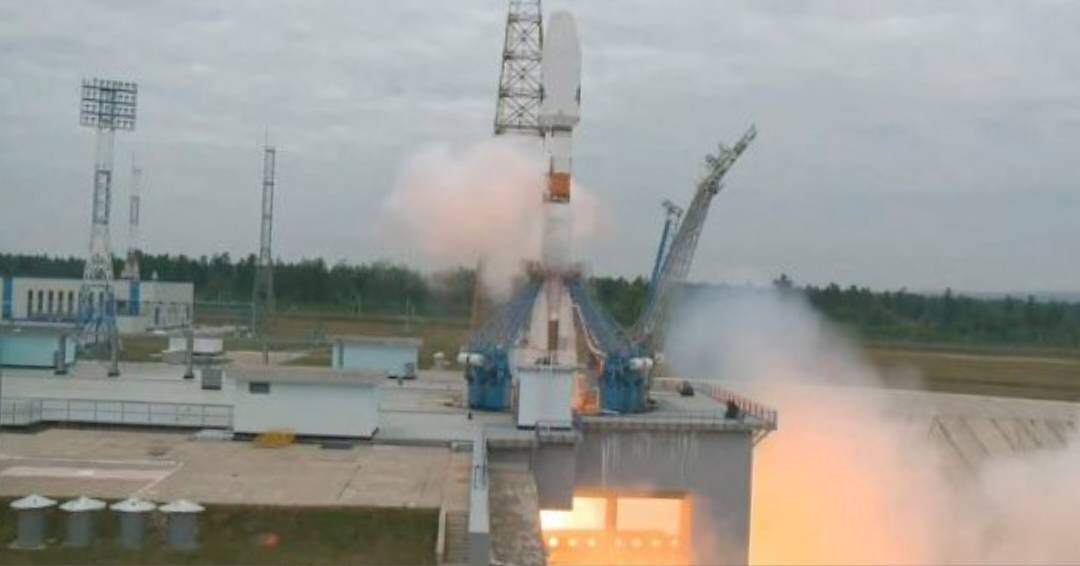
Russia’s lunar ambitions have been rekindled as they launched the Luna-25 spacecraft, marking their first moon landing attempt in 47 years. The aim is to achieve a soft landing on the lunar south pole, a region believed to contain valuable water ice deposits. This endeavor has placed Russia in a race against India’s Chandrayaan-3 lander, launched last month, as well as against the United States and China, both of which have their sights set on lunar exploration.
The Luna-25 mission was propelled by a Soyuz 2.1v rocket from the Vostochny cosmodrome, with the spacecraft scheduled to reach the moon on August 21. Russian space agency Roscosmos had earlier stated August 23 as the landing date. Yuri Borisov, head of Russia’s space agency, expressed hope for a precise soft landing, emphasizing the significance of this milestone.
Luna-25, approximately the size of a small car, will operate on the moon’s south pole for about a year. This region has been of great interest due to the presence of water ice detected in shadowed craters by various space agencies, including NASA. The mission holds substantial importance for Russia, which aims to demonstrate resilience despite Western sanctions linked to conflicts like the Ukraine war.
This lunar venture also symbolizes Russia’s pursuit of independence in space, especially after strained relations resulting from the Ukraine crisis. The mission reflects Russia’s aspiration for global recognition, as noted by Asif Siddiqi, a history professor at Fordham University. While the Soviet Union made early lunar achievements, Russia’s attention shifted to Mars exploration. However, the country hasn’t ventured beyond Earth’s orbit since the Soviet era.
Numerous global powers have been engaged in moon exploration, each with its share of successes and failures. The rugged terrain of the lunar south pole poses a challenge, yet discovering water ice holds immense potential for space exploration. Extracting fuel, oxygen, and even drinking water from these ice deposits could revolutionize future space missions.
Maxim Litvak, head of the Luna-25 scientific equipment planning group, highlighted the importance of landing where no one else has. The spacecraft aims to collect samples and assess the presence of ice in the landing area. The process involves five days of travel to the moon, followed by 5-7 days in lunar orbit before descending to one of three potential landing sites.
As the Luna-25 and Chandrayaan-3 missions compete, the global space community eagerly awaits the outcomes of these ambitious quests, both striving to uncover the secrets of the moon and pave the way for future space exploration endeavors.

Post Your Comments